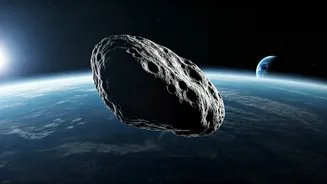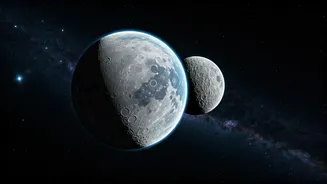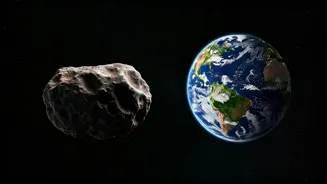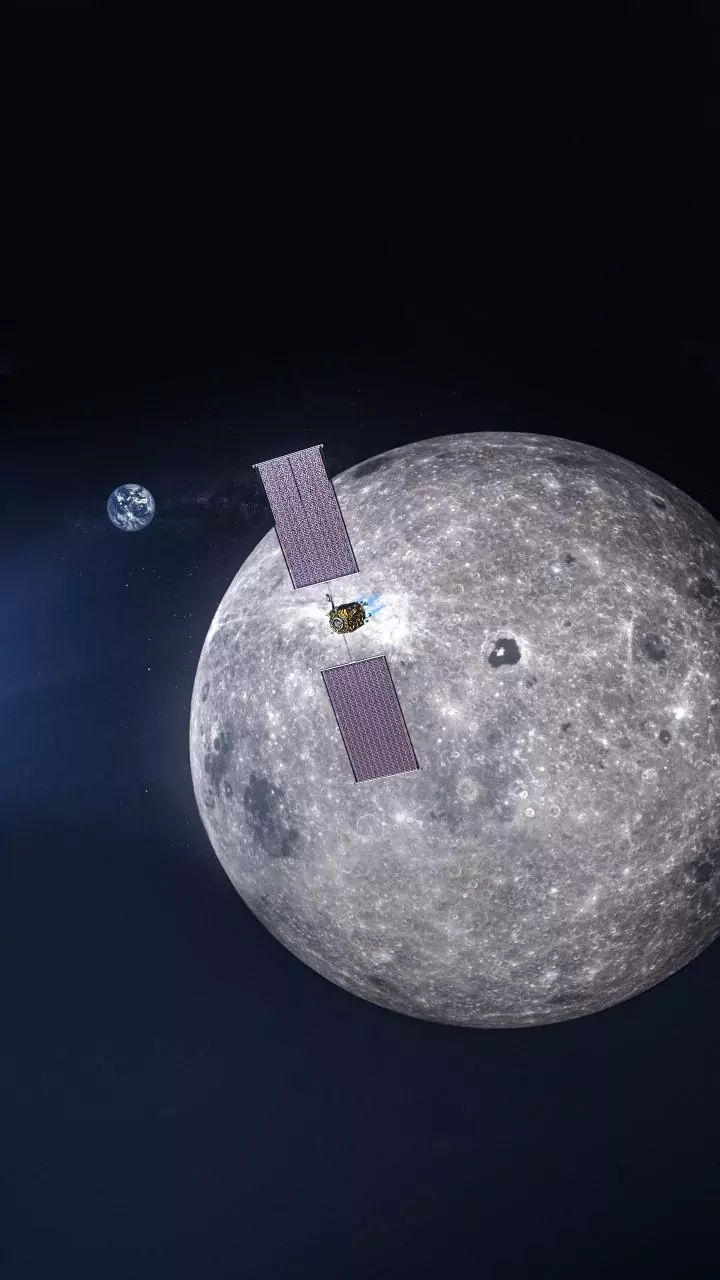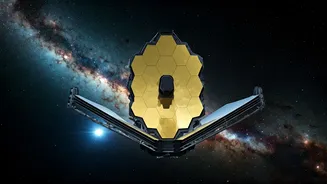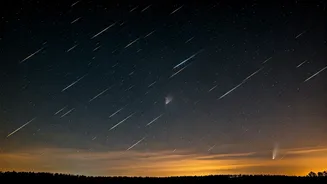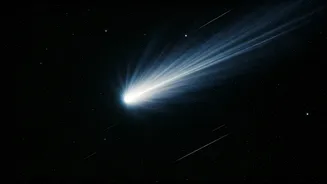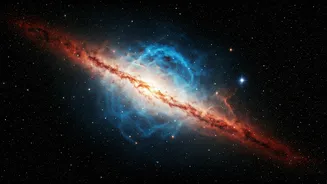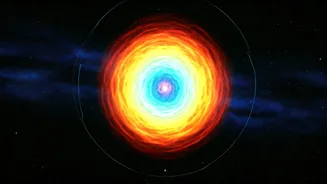A Temporary Satellite
The remarkable revelation from NASA highlights Earth's temporary acquisition of a second moon. While Earth's permanent natural satellite has long been
known, the presence of an additional celestial body offers unique scientific opportunities. This second moon, a small object captured by Earth's gravitational field, is set to orbit our planet for a significant duration. The information stems from rigorous observations and the application of orbital mechanics principles. The understanding of this celestial object's trajectory and duration is crucial for future space missions and research.
Orbital Dynamics Explained
The temporary moon's orbital journey around Earth is a complex interplay of gravitational forces. The object's path is not perfectly circular, and it will be influenced by factors like solar radiation pressure and gravitational perturbations from the primary moon. This second moon's orbit will change over time, and its eventual departure in 2083 is predictable because of the orbital dynamics and gravitational forces. Scientists have meticulously analyzed data and simulations to predict its longevity, ensuring the accuracy of these projections. Detailed modeling allows for a precise understanding of its interaction with Earth's gravitational field.
Scientific Significance Unveiled
This temporary second moon presents invaluable scientific advantages for astronomers and space scientists. It allows researchers to investigate interactions between celestial bodies and refine our understanding of space. By studying this temporary satellite, scientists can gain better insights into the composition and behavior of near-Earth objects. The duration of the event provides a unique opportunity to conduct long-term monitoring and gather more comprehensive data, and it contributes to the calibration of space observation tools and enhancement of astronomical models. The data will ultimately improve the accuracy of our space exploration techniques.
The Future of Observation
The presence of a second moon opens up exciting prospects for future astronomical research and space exploration. It presents a convenient target for spacecraft missions, facilitating the testing of new technologies and methodologies. This provides a chance to refine asteroid deflection strategies. Furthermore, observing the interactions between celestial bodies may provide insight on the formation of the solar system. The ongoing observation of this temporary moon will also encourage collaboration between different space agencies and scientific communities. Space exploration in the future will be more advanced, thanks to the data gathered during this unique occurrence.


